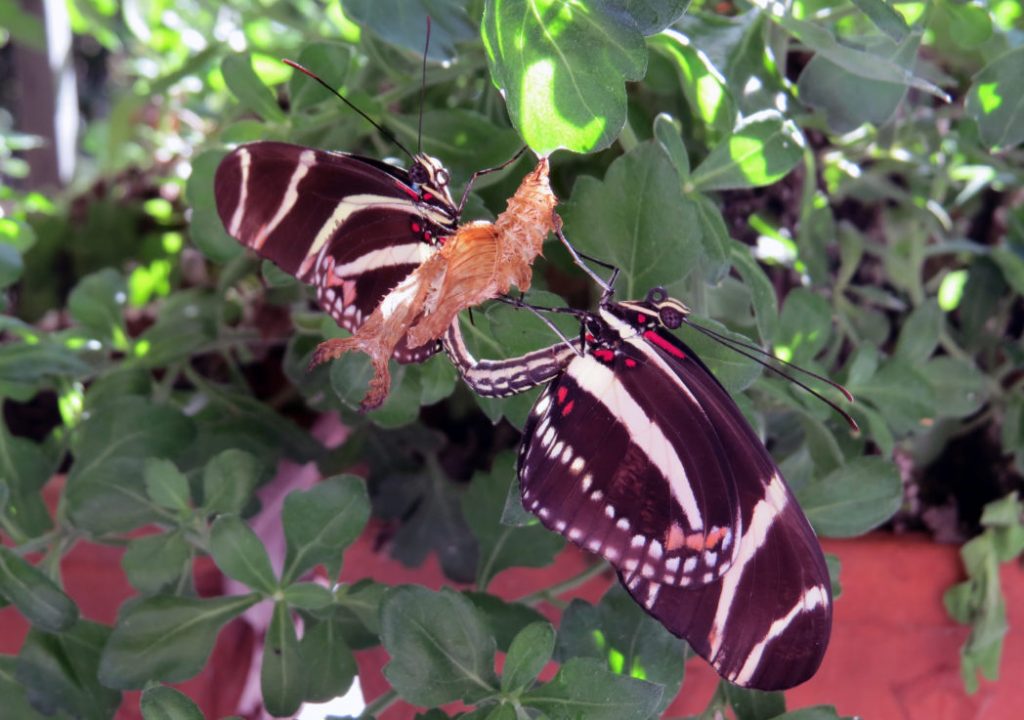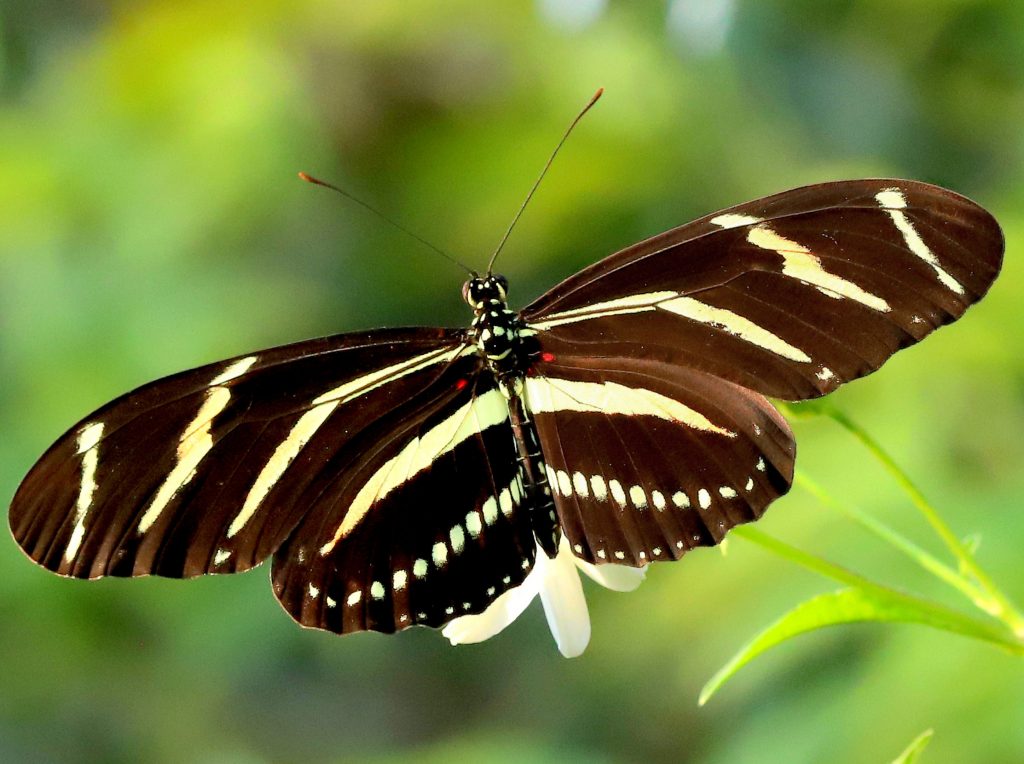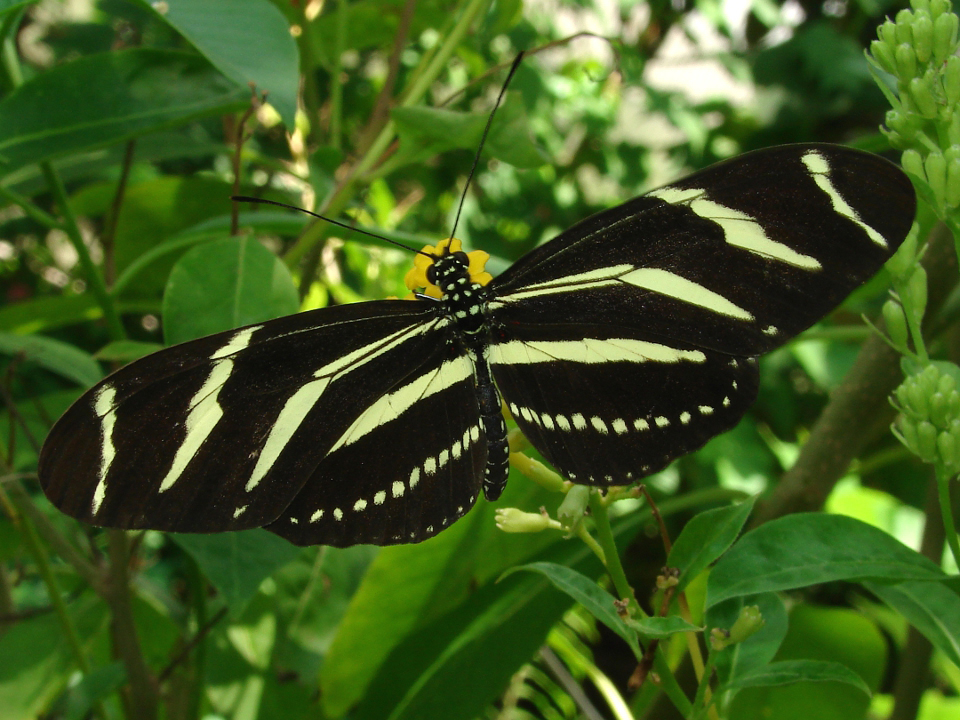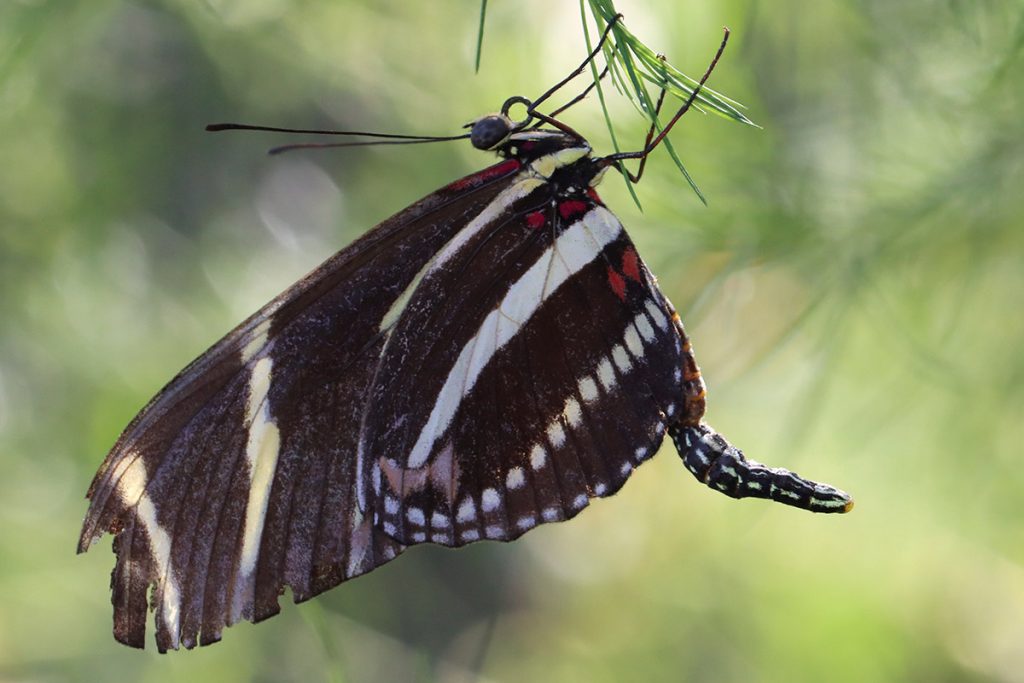Costa Rica tour for families: Spot the Zebra Longwing
Costa Rica is known for its incredible biodiversity, and among its many marvels is the stunning zebra longwing butterfly. This graceful butterfly is a true spectacle of nature, easily recognized by its striking black and yellow-striped wings. If you’re visiting on a Costa Rica tour for families, encountering these butterflies will be a delightful addition to your adventure. Here’s everything you need to know about the zebra longwing butterfly in Costa Rica, including where to find them and fascinating facts about their behavior and habitat.
If you’re embarking on tours in Guanacaste Costa Rica, adding butterfly watching to your itinerary is a great way to explore the country’s rich biodiversity. Private transfers make it easy to reach nature reserves, national parks, and gardens where these butterflies thrive. A Costa Rica tour for families that includes a visit to a butterfly conservatory or nature reserve will provide an educational and exciting experience for kids and adults alike. Seeing the elegant zebra longwing butterfly in its natural habitat is a wonderful way to connect with Costa Rica’s incredible wildlife.
Zebra longwing butterflies play a crucial role in the ecosystem as pollinators, helping to fertilize plants and ensure the survival of many flowering species. Their unique ability to process pollen contributes significantly to this role. They also form part of the broader food chain, although their toxicity means they are less likely to be eaten by predators.

The zebra longwing butterfly is one of the many natural treasures you can find on Costa Rica tours in Guanacaste. Whether you’re wandering through the lush forests of Monteverde or exploring the dry landscapes of Guanacaste National Park. Their striking appearance, fascinating behavior, and importance to the ecosystem make them a must-see on any wildlife tour. Don’t miss the opportunity to encounter this beautiful species!
Best Locations to Find the Zebra Longwing Butterfly during Costa Rica tour for families
The zebra longwing butterfly can be spotted in various locations across Costa Rica, particularly in warm, tropical environments. On tours in Guanacaste Costa Rica, you can often see these butterflies flitting through forested areas, gardens, and near water sources.
For those interested in observing zebra longwing butterflies, several locations in Costa Rica are particularly noteworthy:
- Monteverde Cloud Forest Reserve: This lush reserve is a hotspot for biodiversity, including numerous butterfly species. Guided tours often include butterfly watching as part of the experience.
- La Fornuta: Known for its proximity to Arenal Volcano, La Fortuna offers various eco-tours where visitors can spot zebra longwings among other wildlife.
- Guanacaste Region: This area is ideal for families seeking Costa Rica tours focused on wildlife. The open fields and gardens provide perfect habitats for zebra longwings, making it a great destination for butterfly enthusiasts.
- La Paz Waterfall Gardens: For an easy-to-access location with an abundance of butterflies, including the zebra longwing, the butterfly garden at La Paz Waterfall Gardens is an excellent stop. It’s a perfect location for a Costa Rica tour for families.


Zebra longwings thrive in warm, humid environments. Their preferred habitat is tropical and subtropical forests, where they can easily find nectar and host plants for laying eggs. In Costa Rica, they can be found in both lowland rainforests and high-altitude cloud forests. They are also frequent visitors to gardens and flowering plants in rural areas. In Guanacaste, these butterflies are common in forests that feature both sunny and shaded areas, allowing them to feed and breed comfortably.
What Does the Zebra Longwing Butterfly Look Like? Recognize it during your Costa Rica tour for families
The zebra longwing butterfly is easily identifiable by its distinct black wings adorned with long, narrow yellow or cream-colored stripes, resembling the pattern of a zebra, which gives the butterfly its name. Their wingspan typically ranges from 7.5 to 10 cm (about 3 to 4 inches), making them a medium-sized butterfly. Their elongated wings give them a unique and graceful appearance as they float slowly through the air.
Another fascinating trait is their flight pattern: unlike many butterflies that dart quickly from flower to flower, zebra longwings have a slow, deliberate, and almost floating flight style, which makes them easy to observe in the wild.
What Do Zebra Longwing Butterflies Eat?
Zebra longwings have a unique diet compared to many other butterfly species. While most butterflies feed exclusively on nectar, zebra longwings also consume pollen. The ingestion of pollen gives them an extended lifespan, much longer than the few weeks most butterflies live. Pollen provides essential proteins and amino acids that enhance their longevity and reproductive success.
Their favorite nectar sources are flowers from plants in the passionflower family, where they also lay their eggs. In Costa Rica, the diverse flora offers plenty of nectar sources for these butterflies, allowing them to flourish year-round.


Interesting things to know of the Zebra Longwing during your Costa Rica tour for families
The zebra longwing butterfly is not only a beautiful sight but also an integral part of Costa Rica’s rich biodiversity. For families looking to explore this enchanting country, Costa Rica tours in Guanacaste offer excellent opportunities. In order to witness these butterflies in their natural habitat while contributing to conservation efforts.
Whether through guided nature walks or eco-tours. Encountering these striking butterflies adds a unique touch to any adventure in Costa Rica. Some other interesting facts to know about these butterflies during your Costa Rica tours in Guanacaste, are:
- Zebra longwings roost communally at night. Often gathering in groups of up to 60 individuals to deter predators and retain warmth.
- They are one of the few butterfly species that can feed on pollen, enhancing their nutritional intake.
- The zebra longwing is also noted for its migratory behavior. During warmer months, they may travel northward into parts of the United States.

